Growing lettuce is containers is a common practice fur urban gardeners. This practice maximizes, gives better control from pests and at the same time gives access to a whole host of varieties that you will never find in you local grocery store. A cool weather crop, lettuce is one of the first plants you can get going in the spring and gives you an opportunity for a second crop in the fall.
Advantages of growing your own lettuce
Anyone can go to the store and buy lettuce. Growing your own lettuce gives you access to a whole world of lettuce varieties you’ve never heard of before. Most people also don’t know that you can continue to harvest most types of lettuce over the entirety of the growing season. On top of all this, growing your own lettuce gives you the peace of mind of knowing what has gotten sprayed on your plants.
Choosing a pot for growing lettuce
Lettuce does incredibly well in pots because it does not have exceedingly deep roots. Most normal size pots will work. I prefer to use longer rectangle style boxes so I can stagger my plants out, getting more plants into a small space. More about that in the section on spacing lettuce plants. The big thing that your container needs
A good rule to follow is to use pots that are at least 6″ deep and have 1 gallon of soil mix per plant.
Planting lettuce in pots
Fill your container with potting soil up to an inch, or two centimetres below the rim. Tamp down to leave a level surface. Now take a pinch of seeds and sprinkle them thinly and evenly over the surface of the compost.
Cover the seeds over with a fine layer of potting soil, gently tamp down to firm the seeds in, then water carefully using a watering can fitted with a fine rose to avoid washing the seeds back out.
Soil for lettuce in pots
Soil for lettuce needs to be well drained but retain moisture. A potting mix that is rich in on organic matter (compost) and that has a pH between 6.0 and 7.0 is ideal. You can test this with a kit or with a 3 in 1 meter.
Give lettuce fertile, well-drained, moist soil with plenty of rich organic matter and a pH between 6.0 and 7.0. To check pH, test the soil with a purchased kit, or get a soil test through your regional Cooperative Extension office. Fertilize and lime according to test recommendations.
Placement of your potted lettuce
Although lettuce grows fastest in full sun, it is one of the few vegetables that tolerates some shade. In fact, a spring crop often lasts longer if shaded from the afternoon sun as the season warms. You can even capitalize on other plants to give your lettuce some shade. Plant lettuce around the bottoms of your tomatoes to increase the yield of your garden and give your lettuce plants some shade from the hottest parts of the day. Providing your lettuce some shade may even delay bolting which is an inevitable problem in the summer.
Spacing of lettuce plants
The great part about lettuce is that you can generally pack them in quite tight together. Getting healthy plants packed in tight helps prevent weeds and shades the soil as well.
- Leaf lettuce varieties : Plant 4 inches apart.
- Cos and loose-headed types (Romaine): Plant 8 inches apart.
- Firm-headed types (Iceberg): Plant 16 inches apart.
Watering your lettuce
For the first few weeks water your lettuce plants gently and regularly using a misting nozzle or sprinkler. Never let the soil completely dry out at this point.
Water your established lettuce once or twice per week, or every four to five days depending on the temperature, exposure to sun or wind. A good rule is to water your plants when the top inch of the soil gets dry. Water deeply, with the goal of moistening the top 6 inches of soil with each session. This is another place where a 3-in-1 moisture meter comes in handy.
Keeping your lettuce consistently moist without over watering is essential to raising good plants. Too little water and the leaves will be bitter, but too much and your plants could develop diseases. You will have to monitor your plants and adjust your schedule as necessary.
Fertilizing your lettuce
Lettuce loves nutrient rich soil. Once your seedlings have popped up, apply a balanced organic fertilizer, either a 10-10-10 or 5-5-5.
You will want to follow the instructions on your fertilizer for the rate of application. Do try and keep dry fertilizer from sitting on your seedlings as it might be too hot for them. After fertilizing, water it in well with a slow gentle soak.
Harvesting your lettuce
There are two ways to harvest lettuce. The first is to just cut the whole thing off at the soil level and harvest the whole head. The other option, if you are growing looseleaf lettuce varieties is to simply harvest the outer leaves as needed. This keeps the plants in production longer.
The best time to harvest lettuce in the morning is in the morning when they have had all night to suck up water out of the soil and are crisp and sweet.
Once lettuce starts to bolt, just pull it out and plant something else as it will be bitter from there on in.
Succession planting lettuce and tucking
Lettuce is a great choice for succession planting and this will save your from having way too much salad makings all at once. The idea here is to start as early as you can and plant a portion of your lettuce space with an early variety. Then every two weeks plant a little more, moving to heat-tolerant varieties as summer progresses and then moving to varieties suited to fall growing as the season winds down.
The other option is succession planting. This means just alternating between your lettuce in the spring, with something quick growing like peas/beans, then going back to lettuce in the fall.
Conclusion
As plants for urban gardening goes, lettuce is at the top of my list. Growing your own lettuce is fairly easy and gives you access to far more varieties than your local supermarket will ever hope to carry. Because it can handle some shade, it is great for patio and balcony gardens as well.
If you liked this article and found it useful, please do us a favor and share it or pin it on Pinterest!
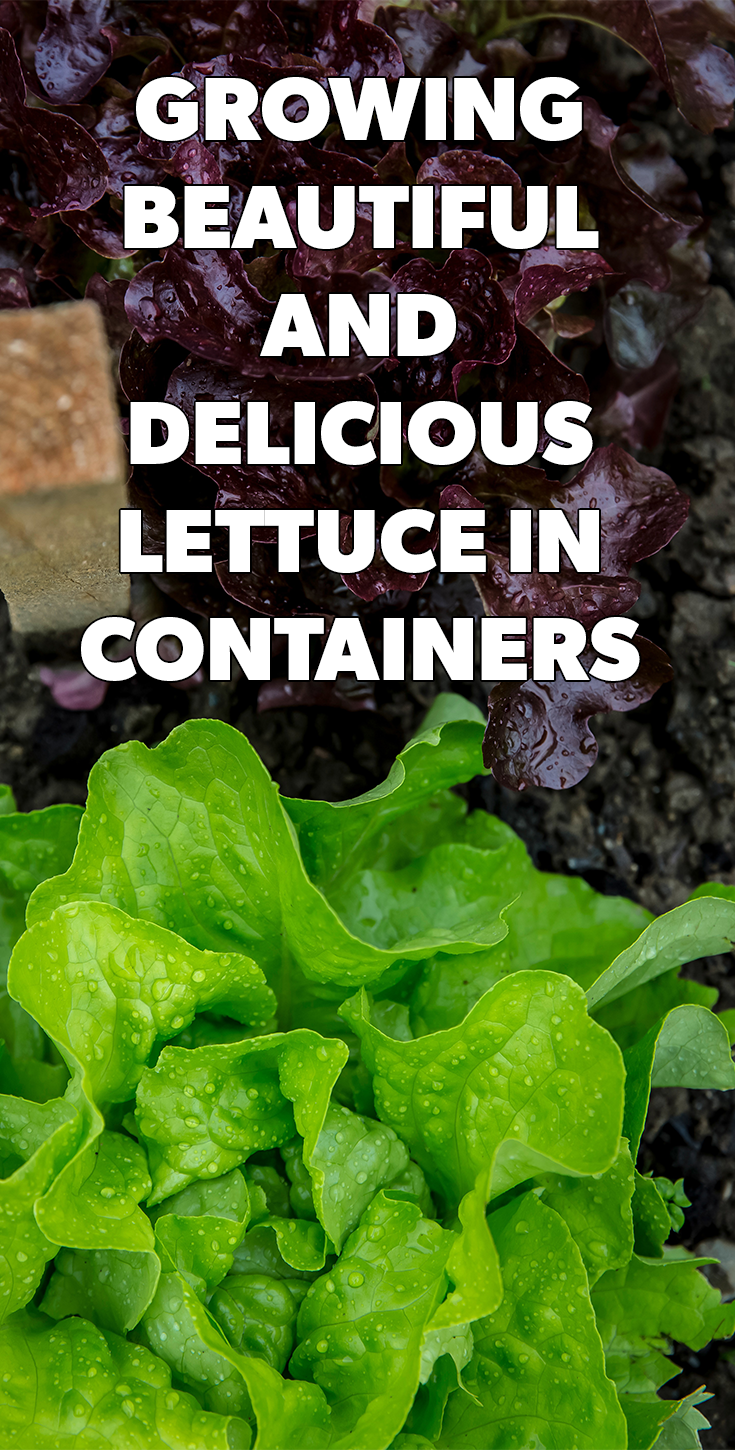

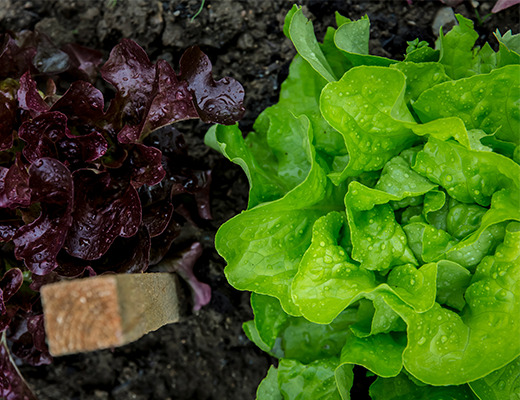

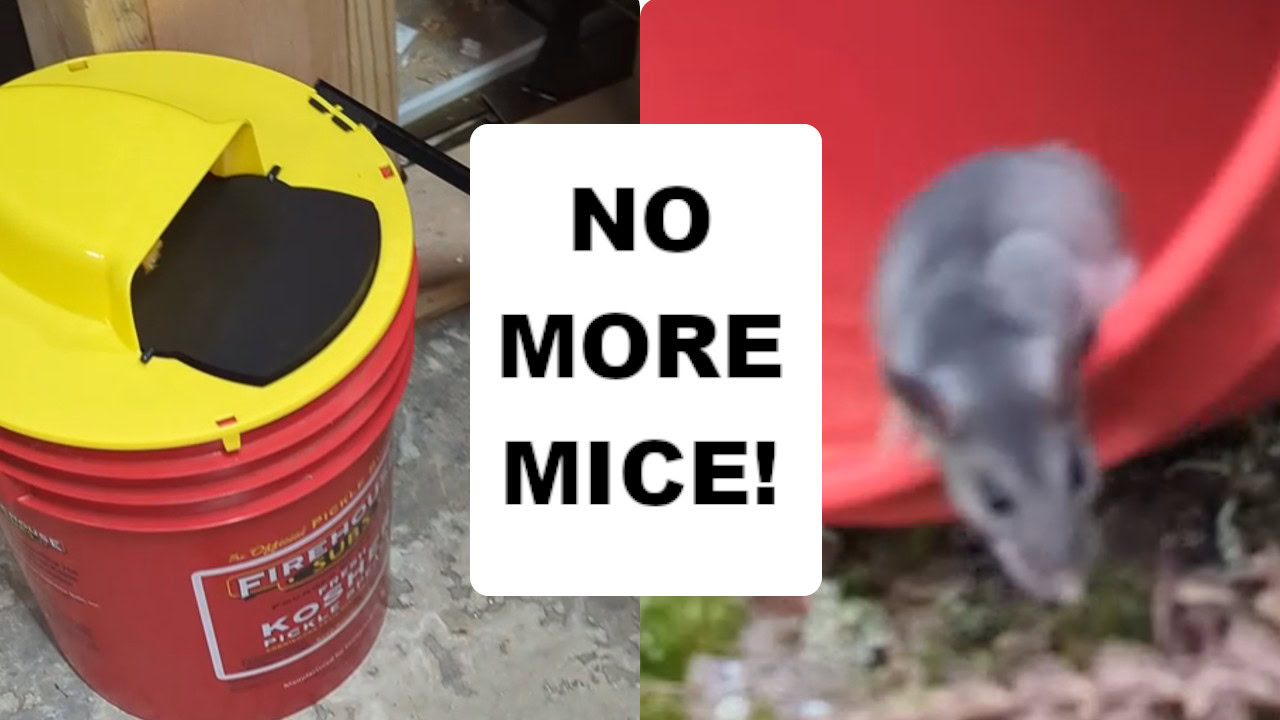
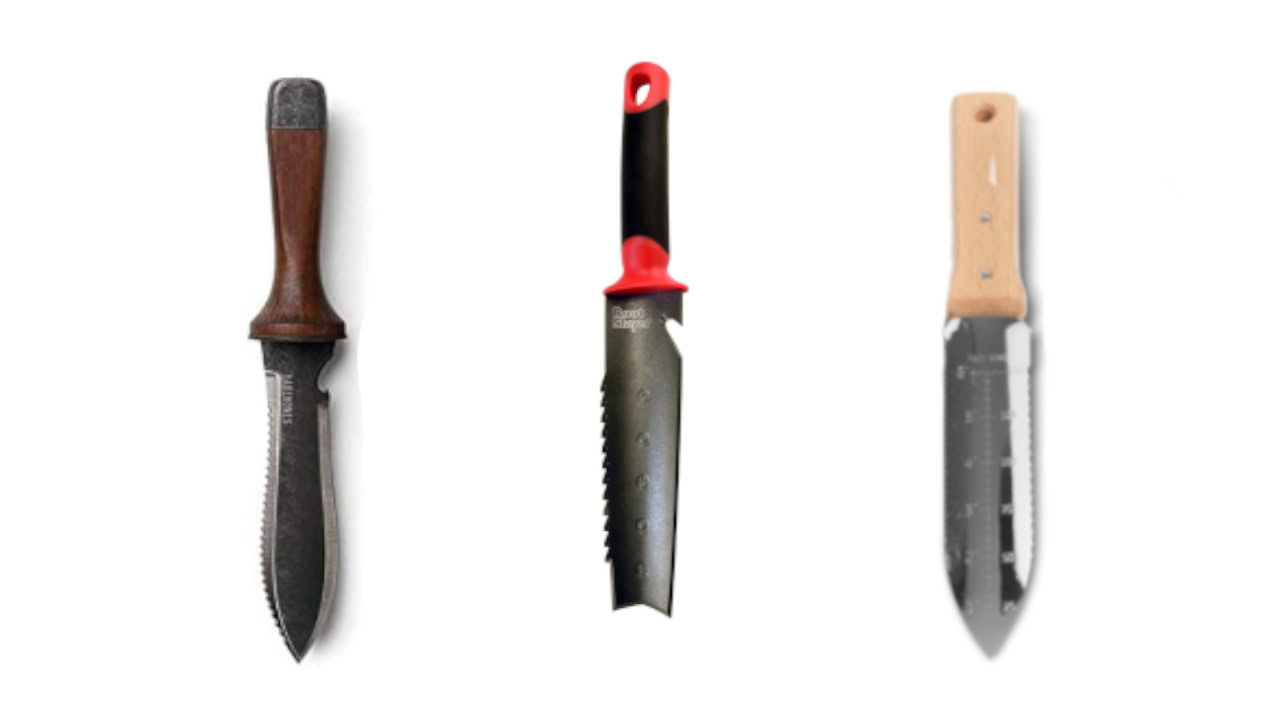
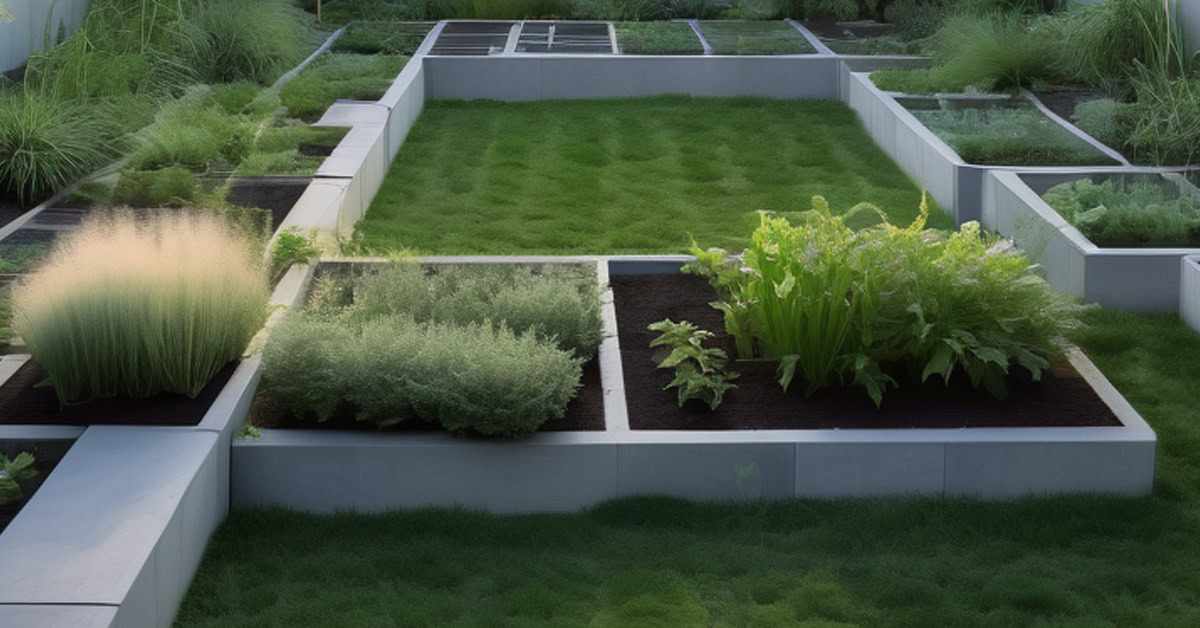
One Response